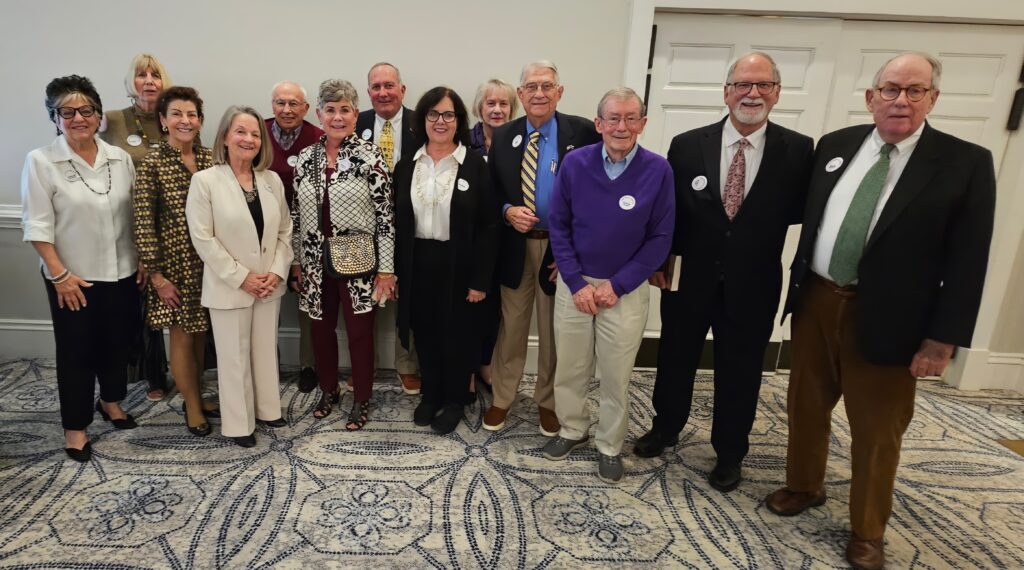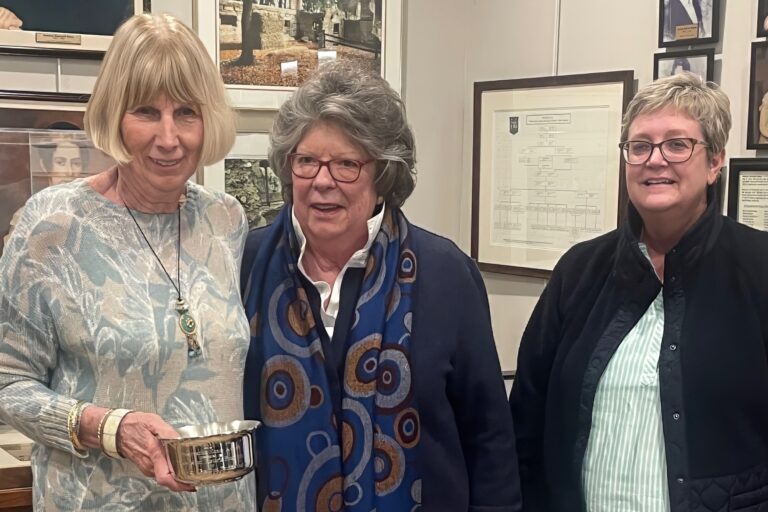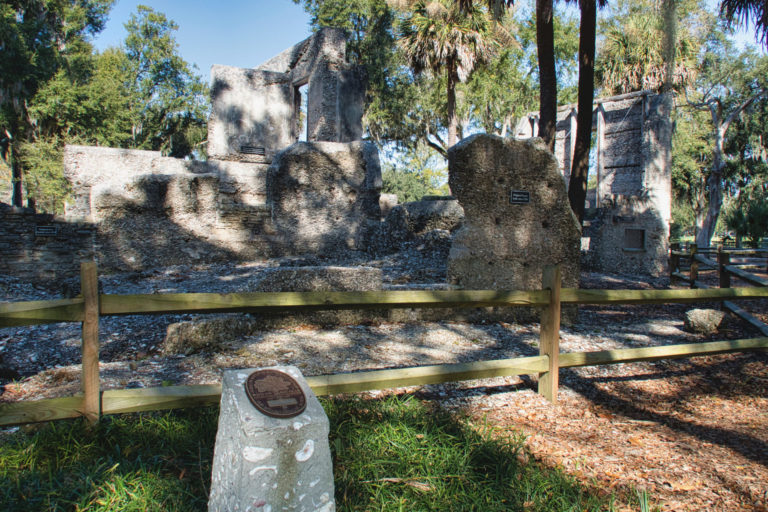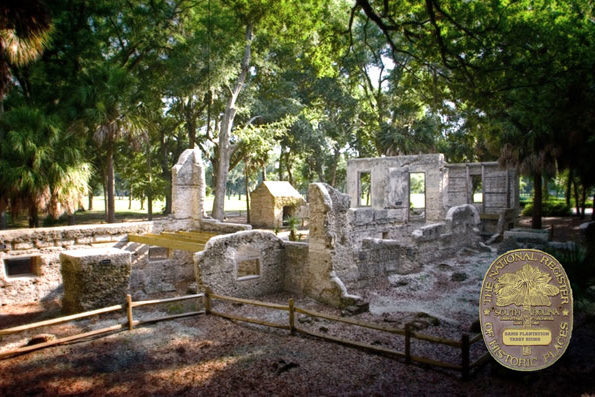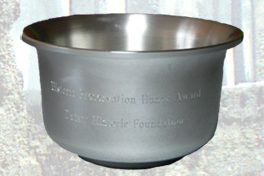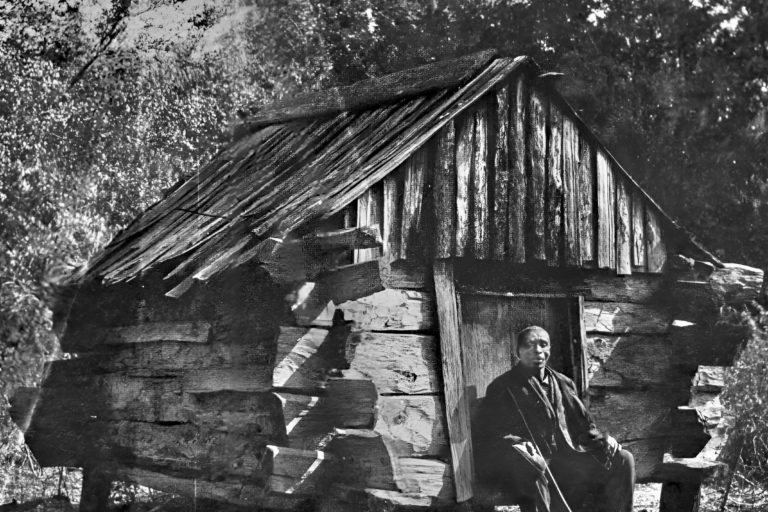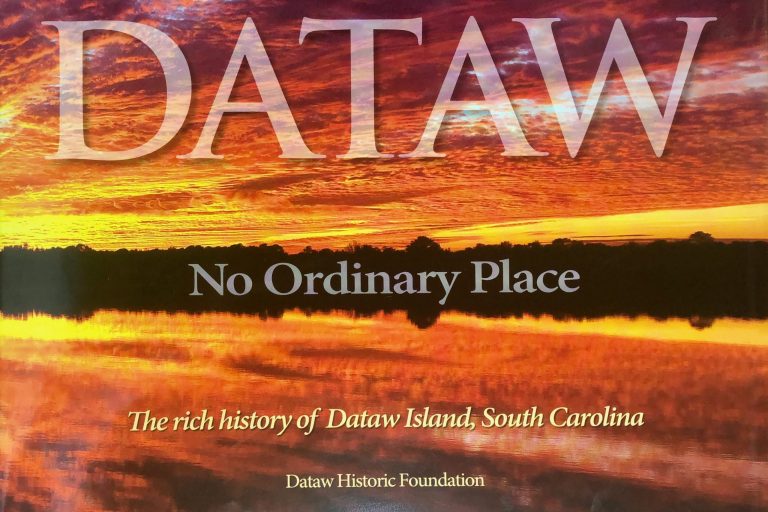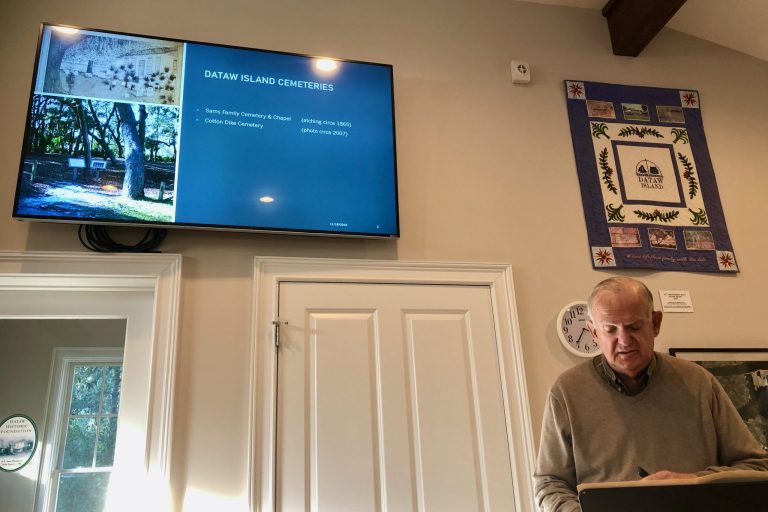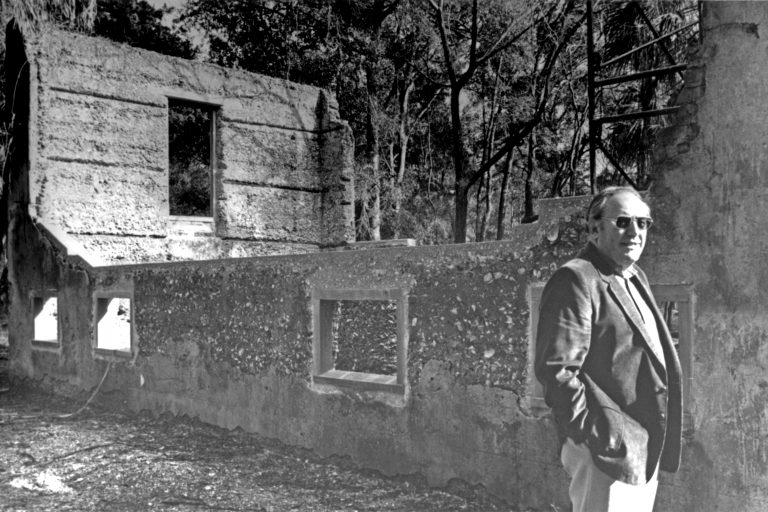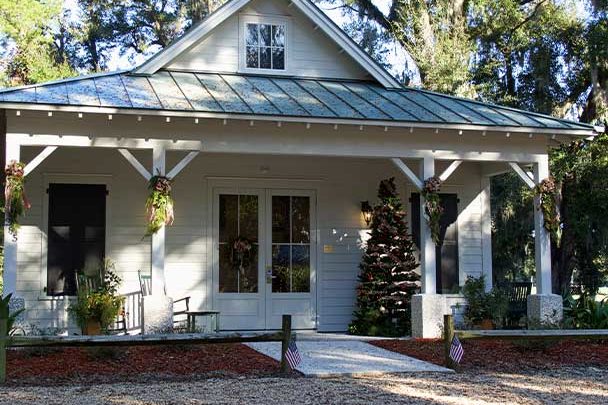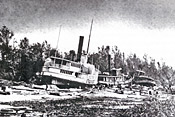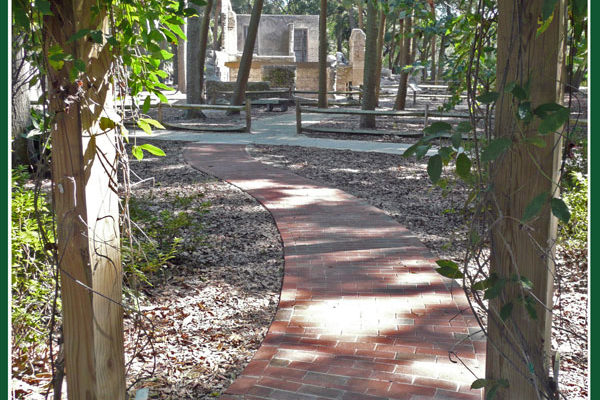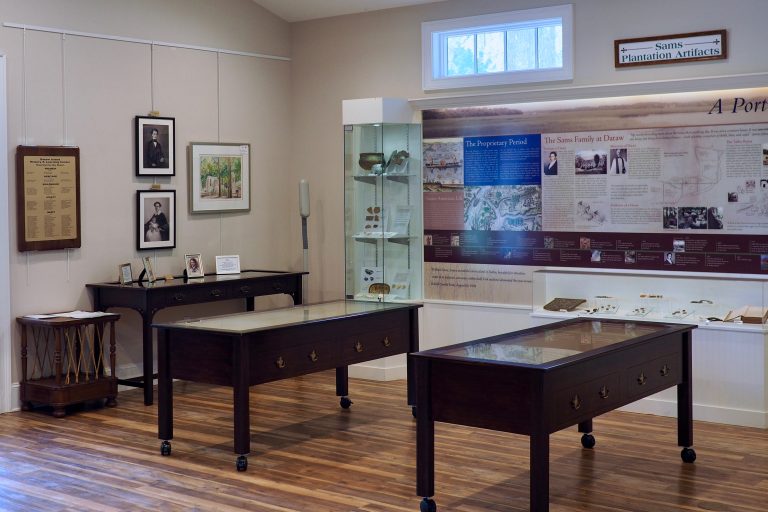About Us
A passionate and dedicated core of residents established the Dataw Historic Foundation (DHF) in 1997. Today we continue to preserve the historic ruins on our South Carolina Lowcountry sea island and remember the stories of those who were here long before us. We are the custodians of the rich history of Dataw Island and its entire history from prehistoric to the plantations to the present. We hope this history will become essential to the cultural experience among all Dataw Island residents and visitors.


